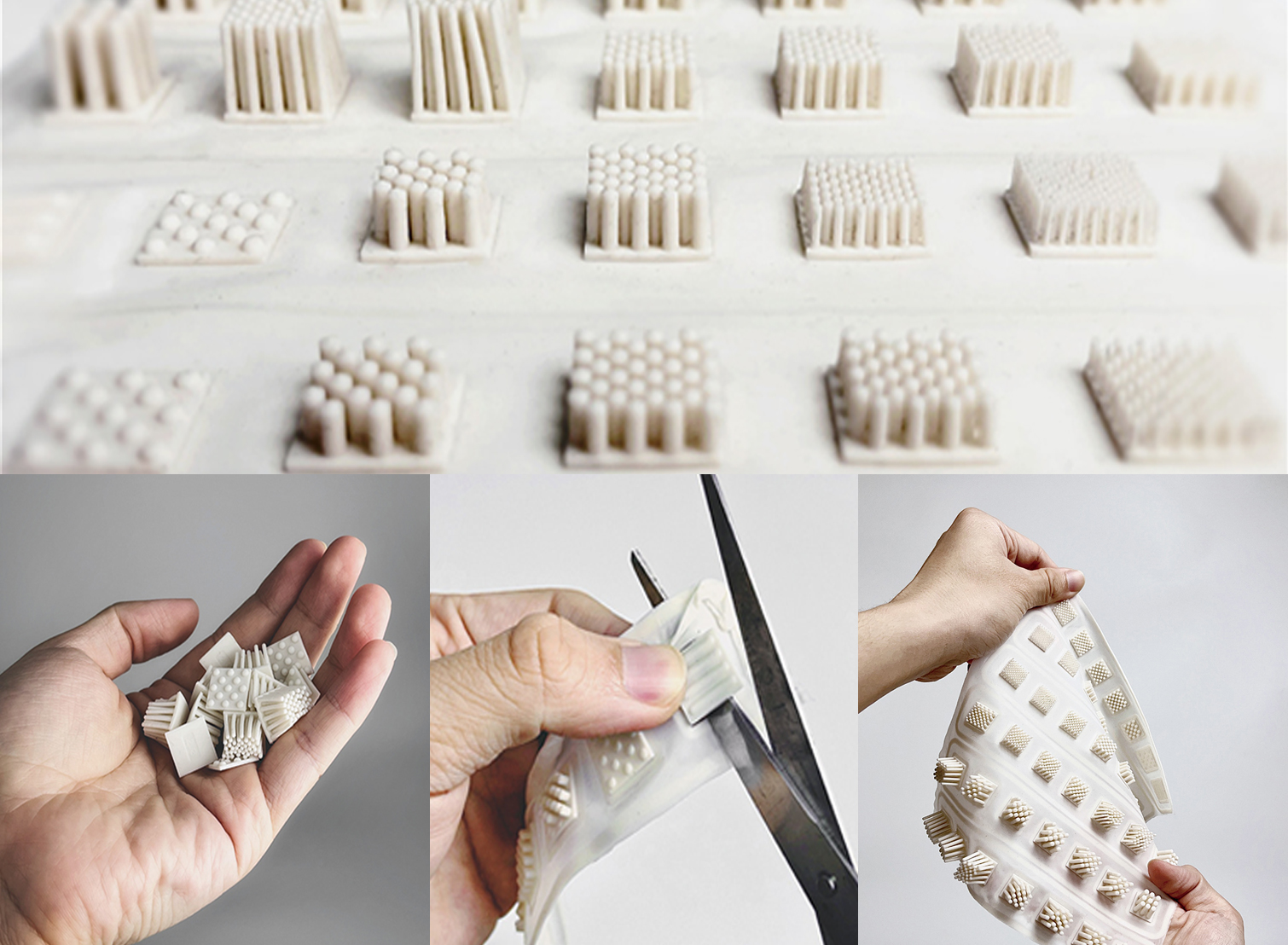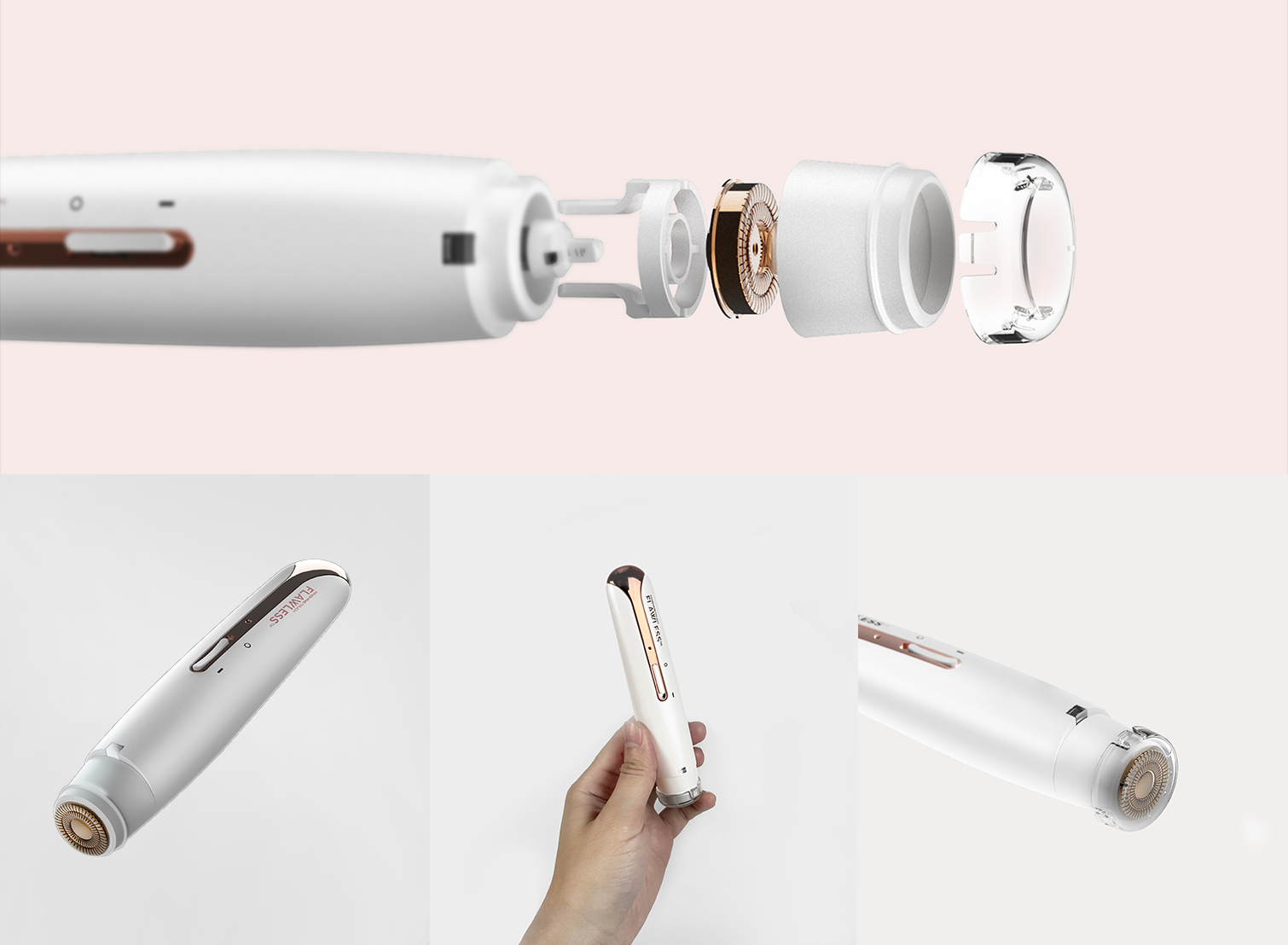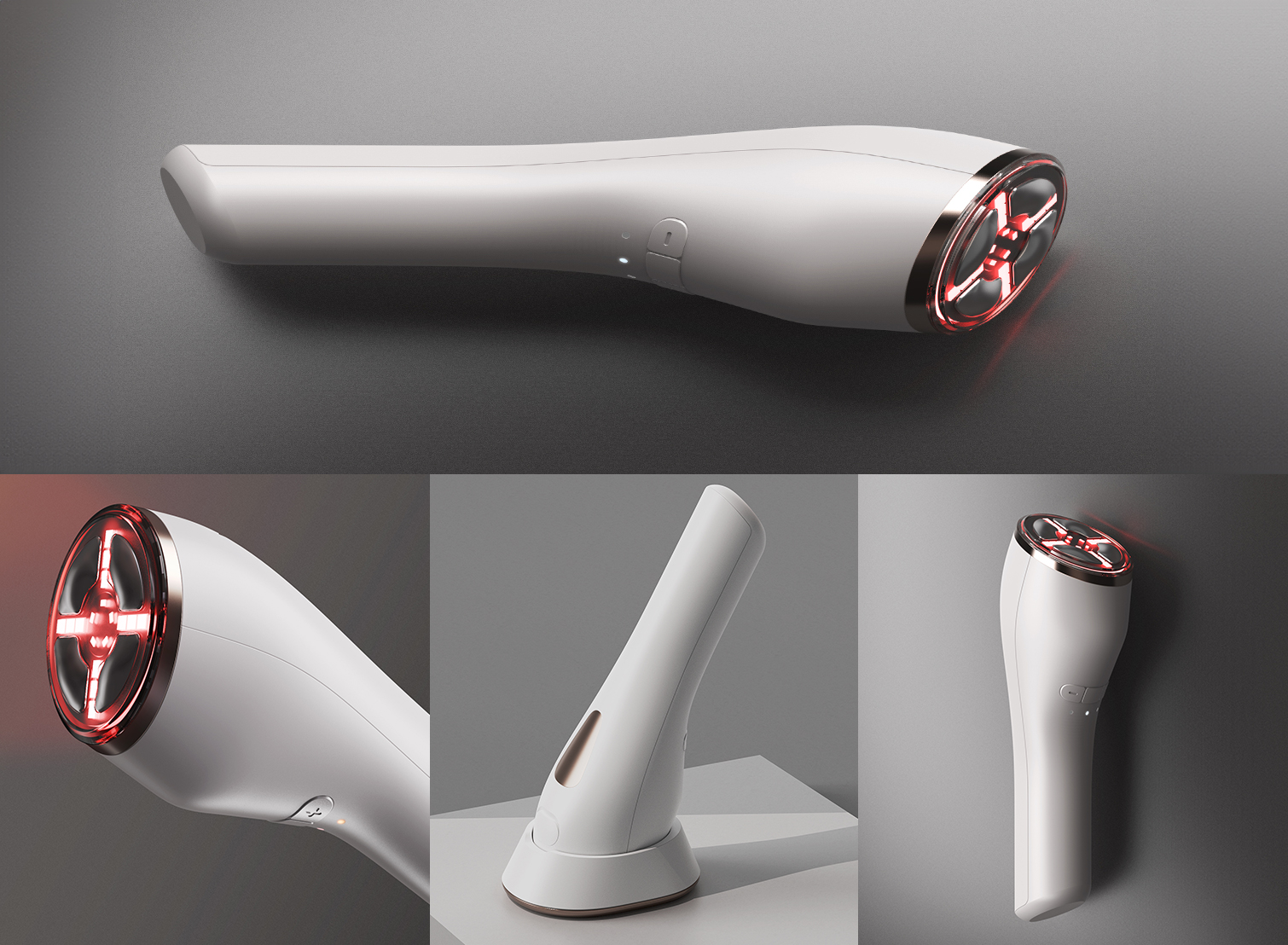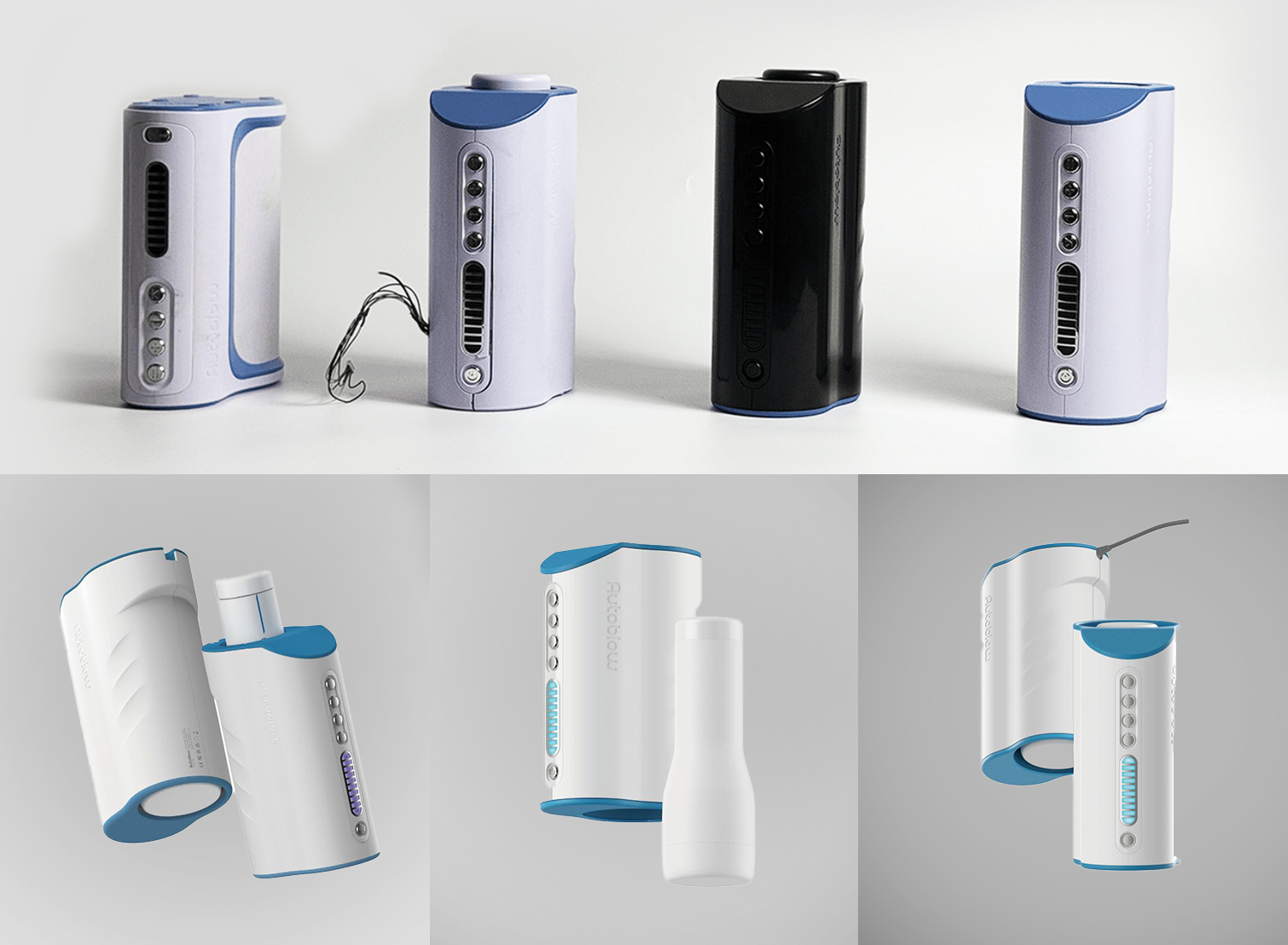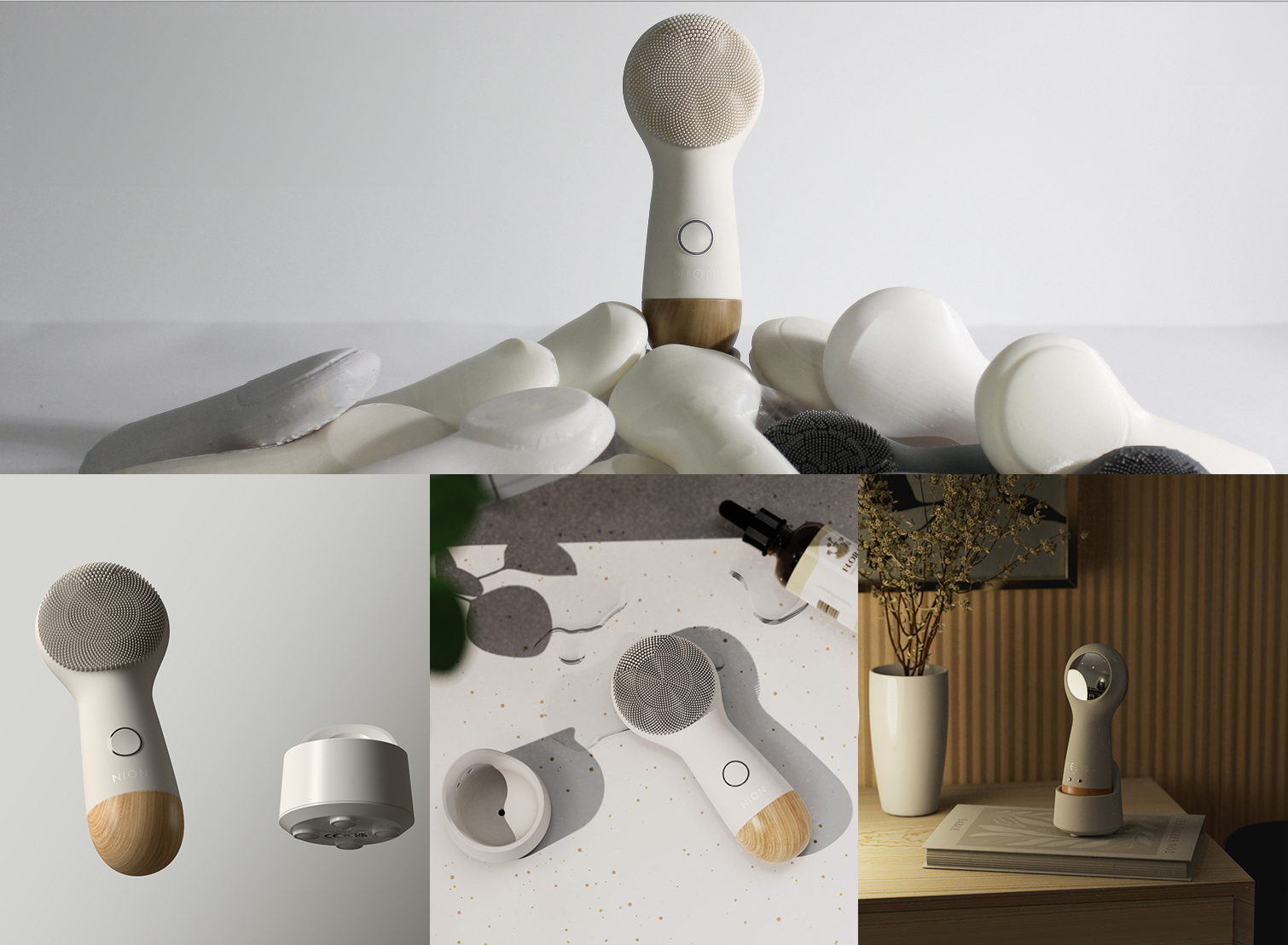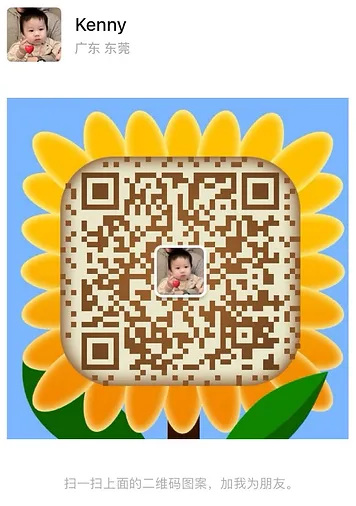Choosing the right industrial design team can significantly impact your product’s market success. A well-chosen team helps your product stand out, attracts and retains customers, and ultimately drives sales.
Additionally, experienced product designers will always consider design for manufacturing (DFM) which can streamline the manufacturing process, reducing costs and time to market. In short, a well-executed industrial design leads to higher customer satisfaction, stronger brand loyalty, and increased profitability.
1. Concept Development (Product Design Consultation)
Concept development starts with generating initial ideas that align with the product’s intended function and market demand. This phase involves brainstorming sessions, sketching, and creating basic models to visualize potential designs.
How Industrial Product Design Services Help in Conceptualization
Industrial product design services are essential in the conceptualization phase, bringing professional expertise and creativity to the table. Designers collaborate closely with clients to understand their vision and transform it into tangible concepts. They use techniques such as market research, user feedback, and trend analysis to ensure the ideas are innovative and viable. This collaborative approach ensures that the final concept is both practical and appealing, laying a solid foundation for the subsequent stages of product development.
2. Industrial Design Engineering Services
Industrial design engineering services integrate engineering principles with design to create products that are both functional and manufacturable. This phase is critical for transforming initial designs into practical, market-ready products.
Material Selection and Structural Integrity
Engineers focus on selecting the right materials that will enhance the product’s durability, performance, and cost-effectiveness. They ensure that the structural integrity of the product is sound, which is crucial for meeting safety standards and ensuring long-term reliability.
A significant part of the engineering process is dedicated to ensuring the product is ergonomic and user-friendly. Engineers assess the design to optimize user interaction, comfort, and overall experience. This involves refining the product to make sure it meets the needs and expectations of its intended users.
Feasibility and Practicality Industrial design engineering services ensure that the product design is feasible for mass production. Engineers analyze the design for potential issues, making necessary adjustments to avoid production challenges. They optimize materials and processes to streamline manufacturing, reducing costs and time to market.
3. Prototyping and Testing
Creating prototypes is a crucial step in the product development process. Prototypes allow designers and engineers to visualize and test the product in a tangible form, helping identify any design flaws and making necessary adjustments to ensure the product meets the desired specifications before mass production.
Prototyping for Visualization and Testing
Prototyping is essential for bringing a concept to life. It helps both designers and engineers to see and feel the product, making it easier to spot potential issues. By building prototypes, they can test the product’s functionality, usability, and aesthetics in real-world conditions. This tangible representation of the product allows for a more thorough evaluation and refinement process.
Testing and Validation
Before a product can be released to the market, it must undergo rigorous testing. Engineers conduct various tests to check for structural integrity, durability, and compliance with safety and regulatory standards. This thorough validation process ensures that the product performs reliably and meets all required specifications.
Prototypes undergo extensive testing to evaluate their usability and performance. This includes assessing how the product functions in real-world conditions, its durability, and user interactions. Testing helps to identify potential issues and areas for improvement, ensuring that the final product is both user-friendly and reliable.
4. Manufacturing Support (Design for Manufacturing)
DFM focuses on optimizing the design for efficient large-scale production. This includes selecting appropriate materials, simplifying assembly processes, and minimizing production costs without compromising quality. DFM ensures the design is practical and cost-effective for mass production, helping to bring the product to market successfully and on schedule.
How Industrial Designers provide Manufacturing Support
-
- Collaboration with Manufacturers: Working closely with manufacturing partners to ensure that every aspect of the design is understood and implemented correctly.
-
- Material Selection: Choosing materials that balance quality and cost, ensuring the product is durable and manufacturable.
-
- Process Simplification: Streamlining assembly processes to reduce complexity, lower costs, and improve production speed.
-
- Quality Control: Implementing checks and balances throughout the manufacturing process to maintain high standards and catch any deviations early.
5. User Experience (UX) Product Design
User Experience (UX) product design focuses on creating products that offer the best possible interaction for users. This involves understanding user needs, behaviors, and preferences to design products that are intuitive, efficient, and enjoyable to use. Techniques such as user testing, feedback sessions, and usability studies are employed to refine the design for optimal user satisfaction.
Importance of UX in Industrial Product Design Services
UX is a critical component of industrial product design services because it directly impacts how users perceive and interact with a product. A well-designed user experience can lead to higher customer satisfaction, increased loyalty, and better overall product performance. By prioritizing UX, industrial product design services ensure that products not only meet functional requirements but also deliver a positive and engaging experience for users, ultimately contributing to the product’s success in the market.
6. Sustainable Product Design
Sustainability in industrial and product design involves integrating eco-friendly practices throughout the product development process. This includes using sustainable materials, reducing waste, optimizing energy efficiency, and ensuring the product’s lifecycle has minimal environmental impact. Designers also consider the end-of-life stage, aiming for recyclability, durability, and biodegradability.
How Sustainable Industrial Design Services Contribute to Eco-Friendly Products
Industrial designers conduct life cycle assessments to understand the environmental impact of materials and processes, seek out innovative sustainable technologies, and prioritize designs that reduce energy consumption and waste. By focusing on sustainability, designers help companies meet regulatory requirements, appeal to environmentally conscious consumers, and contribute to the global effort of reducing environmental footprints.
Concluding Thoughts on the Types of Industrial Product Design Services
Industrial design services encompass a broad spectrum of activities crucial for product development. These include concept development, product design, engineering, prototyping, testing, manufacturing support, user experience design, and sustainable practices. Each of these services plays a pivotal role in transforming innovative ideas into market-ready products, ensuring functionality, aesthetic appeal, and sustainability. By integrating these elements, industrial design bridges creativity and practicality, ultimately driving successful product launches.


